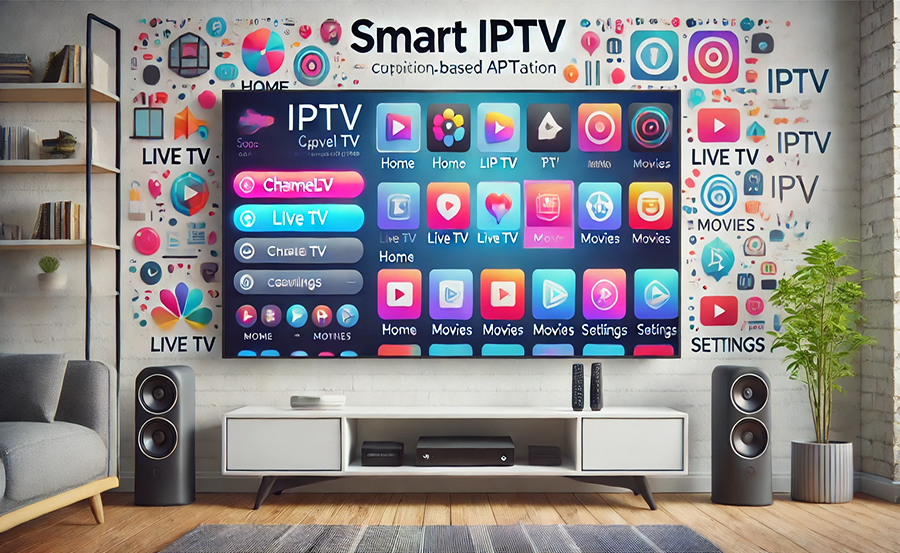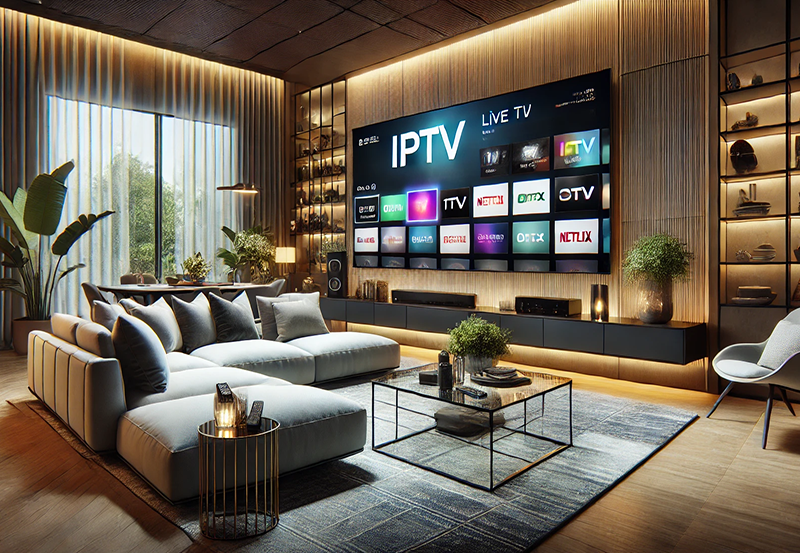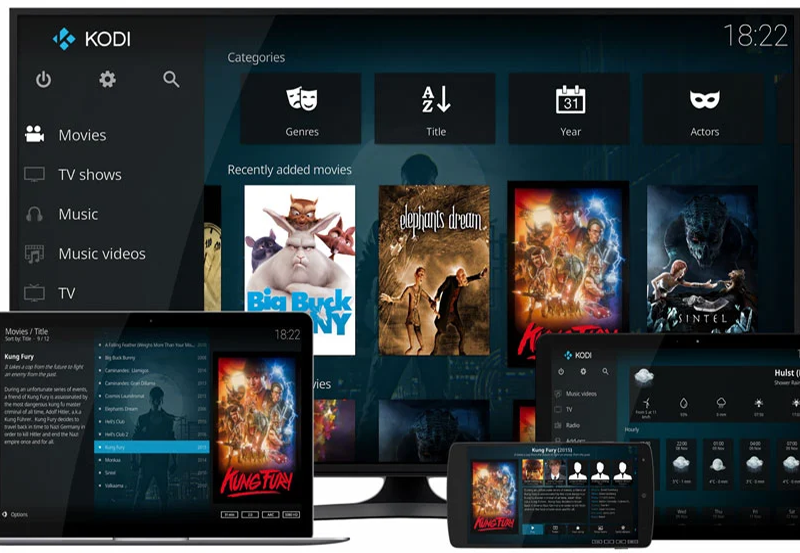In a world where entertainment is just a click away, the debate between SIPTV and traditional cable is rising. With so many options on the table, one can’t help but wonder which direction to take. Is it time to let go of cable and embrace the innovation of SIPTV? In this detailed analysis, we aim to unravel the differences, advantages, and potential pitfalls of SIPTV compared to the age-old cable service, and hopefully, guide you toward making an informed decision.
The Evolution of Television: From Cable to SIPTV
Television has come a long way since the days of black-and-white screens and scheduled broadcasts. Traditional cable had its heyday decades ago when it was the ultimate source of home entertainment. It revolutionized how families consumed content, offering a wide array of channels and programming.
However, as technology evolved, so did consumer demands. Today’s viewers seek flexibility, diverse content choices, and economic feasibility—ideals that traditional cable struggles to meet amidst rising costs and limited personalization.
Expert Advice:
Upgrade your entertainment experience with CalmaHub, featuring affordable IPTV services and premium channel options.
Enter SIPTV, a player that challenges the status quo, offering a more tailored viewing experience. But what sets SIPTV apart? And why is it gaining traction at such a rapid pace?
Understanding SIPTV: The Basics
SIPTV, short for Subscription Internet Protocol Television, is not just a buzzword; it’s a revolution in digital content delivery. Unlike traditional cable, which relies on physical cables and complex installations, SIPTV utilizes the internet to bring television to your screens.
For beginners, the concept of IPTV might seem complex, but it’s fairly simple. With an IPTV subscription, viewers can unlock access to an array of content channels through any internet-enabled device. This shift from coaxial cables to digital has paved the way for enhanced flexibility and choice.
The beauty of SIPTV lies in its ability to cater to diverse needs. With a variety of channels and the freedom to choose what suits one’s taste best, this modern form of TV viewing enriches your viewing pleasure.
How Does It Work?
The mechanics behind SIPTV are straightforward. Upon subscription, viewers gain access to a platform interface through which they can navigate various channels. This internet-based service ensures that you can enjoy your favorite shows without the need for complex installations.
Moreover, this system uses less bandwidth, ensuring that the streaming experience is seamless and buffer-free. It’s a solution meticulously designed to keep up with today’s demanding viewer preferences.
Cost Efficiency: Budget-Friendly Viewing
One of the most appealing aspects of SIPTV is its cost-effectiveness. Traditional cable often incurs numerous hidden fees alongside monthly charges, leading to inflated bills. SIPTV, conversely, offers straightforward pricing models that suit different budget needs.
A considerable win for SIPTV is the freedom from long-term contracts. Many services offer monthly subscriptions, allowing users to pause or cancel anytime. This flexibility can be a game-changer for those unwilling to commit to cost-intensive cable packages.
Additionally, the absence of excessive hardware requirements further cuts costs, making SIPTV an appealing option for budget-conscious consumers.
Content Diversity: A World of Choices
When it comes to channels and content, SIPTV opens doors to unrivaled diversity. Unlike traditional cable with somewhat limited choices, SIPTV curates a global selection of programming aligned with personal interests.
Whether it’s international movies, specialty channels, or niche-interest shows, SIPTV caters to all. With the ability to set language preferences and explore channels worldwide, it transcends geographical barriers, bringing a world of entertainment to your living room.
This diversity doesn’t just challenge conventional cable; it redefines what viewers expect from their TV services.
Personalized Viewing Experience
The rise of SIPTV also highlights a shift towards hyper-personalized viewing experiences. With traditional cable, content schedules dictate viewing habits, whereas SIPTV places control back in the hands of the user.
This customer-centric approach allows viewers to script their own entertainment journey. Features such as video on demand, customizable watchlists, and child-lock settings offer a suite of customized options, further enhancing user satisfaction.
These features contribute not only to viewing satisfaction but also boost engagement, making mundane cable packages appear lackluster by comparison.
Technical Considerations of Switching to SIPTV
While the benefits of SIPTV are numerous, entering the digital landscape demands certain technical considerations. First and foremost is the necessity of a consistent internet connection. Fast-speed internet is pivotal for buffering-free streaming and optimal performance.
For beginners, setting up SIPTV might appear intimidating. Thankfully, many service providers offer easy guides and responsive customer support to facilitate seamless installation and operation.
As with any new technology, challenges can arise. Issues like server overloads, occasional downtimes, or device compatibility need addressing. Ensuring a reliable provider and understanding basic troubleshooting helps mitigate these concerns.
Staying Secure in the Online TV World
In an era where internet privacy is paramount, ensuring security while using SIPTV is essential. Users should be mindful of subscription choices, opting for respected and verified providers.
Key practices include maintaining up-to-date software, using secure networks, and being cautious with personal information. Reinforcing digital literacy protects against potential vulnerabilities inherent in internet-based services.
Such best practices empower steam-savvy individuals to enjoy SIPTV without compromising security or privacy.
Making the Transition: Your Guide to Adopting SIPTV
Switching from traditional cable to SIPTV may appear daunting, but with a strategic approach, the transition can be smooth. Here’s how you can make the switch:
- Evaluate Needs: Begin by assessing household entertainment needs, deciding on preferences and must-have channels.
- Research Providers: Investigate reputable SIPTV providers. Check reviews, service portfolios, and pricing packages.
- Understand Equipment: Most SIPTV services work on multiple devices, including smart TVs, tablets, and smartphones. Ensure compatibility.
- Test the Waters: Opt for a trial period if available. Most providers offer a sample run so you can test services before full commitment.
Embarking on this journey might unveil exceptional experiences, aligning perfectly with modern digital appetites.
The Ripple Effect: SIPTV’s Broader Impact
As SIPTV captures a larger market share, its influence ripples across various sectors, challenging traditional norms and pushing for a reimagined entertainment economy.
Industries from telecommunications to content creation witness shifts driven by consumer-powered platforms. The collective movement toward SIPTV highlights increasing demand for accessible, high-quality digital content.
This evolution also prompts traditional cable providers to rethink strategies, adapting to user-centric models prevalent in modern IPTV services.
Final Thoughts on SIPTV vs. Traditional Cable
On the surface, the choice between SIPTV and traditional cable might seem straightforward, but peeling back layers reveals distinct benefits and tangible drawbacks. With shifting viewer expectations, SIPTV stands out, offering flexibility, economic viability, and content diversity that traditional cable struggles to match.
As technology advances, the focus remains on delivering what we truly want. It’s clear SIPTV isn’t just an alternative; it’s becoming the standard bearer of television’s future. Though not without its challenges, it’s a choice that resonates with consumers tirelessly seeking meaningful entertainment experiences.
Selecting SIPTV marks the dawn of personalized, budget-friendly viewing avenues and an exponential enhancement in viewing pleasure.
FAQs: SIPTV vs. Traditional Cable

What is the most significant advantage of SIPTV over traditional cable?
The key advantage of SIPTV over traditional cable is its flexibility. SIPTV allows users to pick channels and content tailored to personal interests, without being tied to rigid packages or long-term contracts.
Can I use SIPTV with any internet connection?
While SIPTV can technically function on various internet speeds, a high-speed connection ensures quality streaming experiences without buffering or interruptions.
How does the cost of SIPTV compare to cable?
SIPTV is generally more cost-effective, with competitive pricing models and the absence of hidden fees commonly associated with cable services. It offers a scalable option based on personal budgets.
Is SIPTV secure to use?
Security is a concern for any internet-based service. However, by selecting credible providers and maintaining necessary online safety precautions, users can safely enjoy SIPTV services.
Are equipment requirements for SIPTV difficult to manage?
No, SIPTV typically requires minimal equipment. A reliable internet connection and a compatible device are sufficient. The ease of setup is generally facilitated by provider support.
A Beginner’s Guide to Navigating the iPlay TV App





